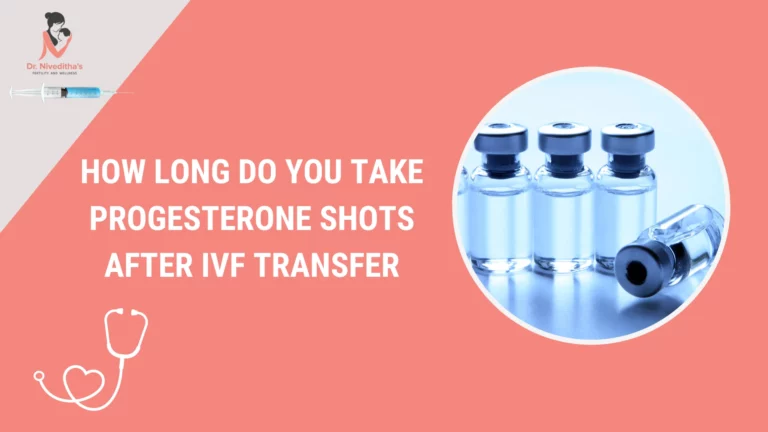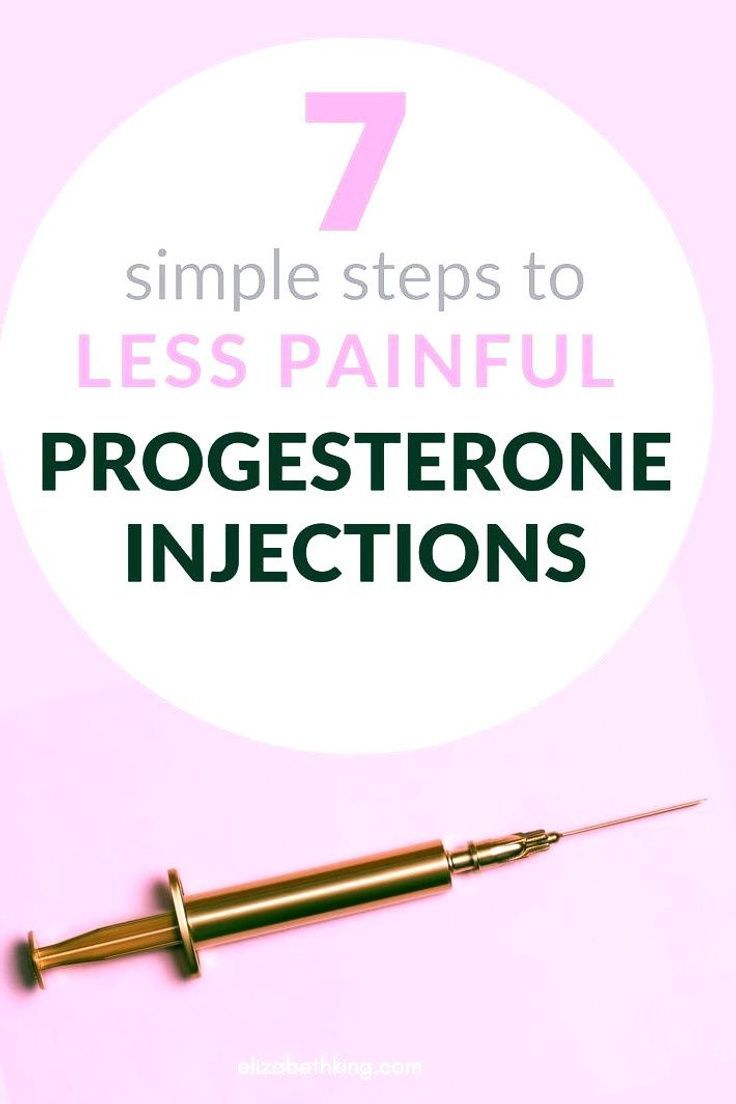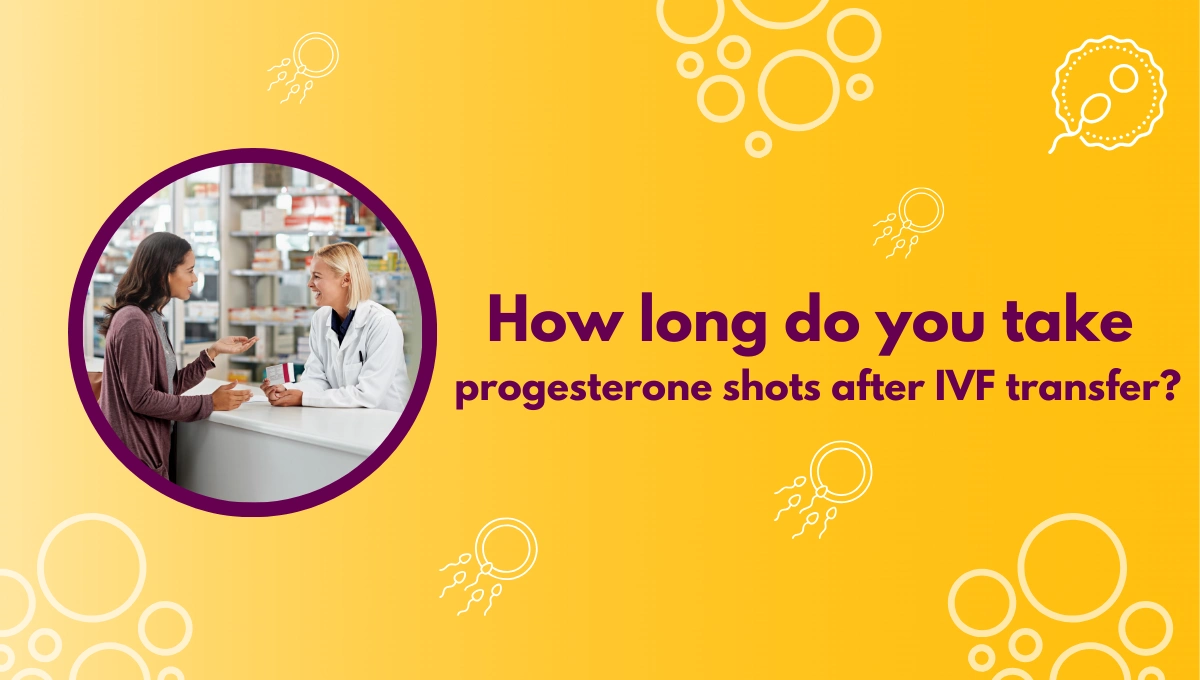How Long Do You Take Progesterone Shots After IVF Transfer?
If you’re going through in vitro fertilization (IVF), you’ve probably heard about progesterone shots. They’re a big part of the process after your embryo transfer, and chances are, you’re wondering: How long do I need to keep this up? It’s a great question—and one that deserves a clear, detailed answer. Whether you’re new to IVF or a seasoned pro, understanding the role of progesterone shots and their timeline can ease your mind and help you feel more in control of this exciting (and sometimes overwhelming) journey.
In this article, we’ll dive deep into everything you need to know about progesterone shots after IVF transfer. From why they’re necessary to how long you’ll typically take them, we’ll cover the essentials—and then some. Expect practical tips, the latest research, and even a few fresh perspectives you might not find elsewhere. Let’s get started!
Why Progesterone Shots Matter in IVF
Progesterone is like the unsung hero of pregnancy. It’s a hormone your body naturally makes to get your uterus ready for an embryo and keep a pregnancy going strong. Think of it as the cozy blanket that wraps around your uterus, making it the perfect spot for your little embryo to settle in. But here’s the catch: during IVF, your body might not produce enough progesterone on its own. That’s where the shots come in.
In a natural cycle, after you ovulate, your ovaries kick into gear and pump out progesterone. But IVF flips that script. The medications you take to stimulate your ovaries—like those follicle-stimulating hormones—can throw off your natural progesterone production. Plus, if you’re doing a frozen embryo transfer (FET), your ovaries might not even be in the game at all, leaving you reliant on external support. Progesterone shots step in to fill that gap, ensuring your uterine lining is thick, healthy, and ready to support your embryo.
Research backs this up. A 2022 study from the Journal of Assisted Reproduction and Genetics found that women with low progesterone levels around the time of embryo transfer had lower pregnancy rates. So, those shots? They’re not just a random step—they’re a key player in boosting your chances of success.
The Typical Timeline: How Long Are We Talking?
So, how long do you actually need to take progesterone shots after an IVF transfer? The short answer: it depends, but most people are looking at 8 to 12 weeks. Let’s break it down.
For most IVF cycles—whether it’s a fresh transfer or a frozen one—doctors usually recommend starting progesterone shots a few days before the embryo transfer. This gets your uterus primed and ready. After the transfer, you’ll keep going with the shots until your placenta takes over progesterone production. That handoff, called the luteal-placental shift, typically happens around 8 to 10 weeks of pregnancy. At that point, your placenta becomes the progesterone MVP, and you can usually say goodbye to the needles.
Here’s a general timeline:
- Day of Transfer: You’re already on progesterone (started a few days earlier).
- First 2 Weeks: You keep up the shots until your pregnancy test (about 9-14 days post-transfer).
- If Positive: Continue for 6-10 more weeks, often stopping between weeks 8 and 12 of pregnancy.
- If Negative: You’ll stop right after the test, under your doctor’s guidance.
But here’s the thing: every body is different, and every IVF protocol has its quirks. Some clinics might have you stop at 8 weeks, while others stretch it to 12—or even longer if you’ve had complications like low progesterone levels or a history of miscarriage. Your doctor will tailor the plan to you, often checking your blood levels to make sure everything’s on track.
Fresh vs. Frozen Transfers: Does It Change the Timeline?
One big factor that can tweak how long you take progesterone shots is whether you’re doing a fresh or frozen embryo transfer. Let’s unpack the difference.
Fresh Embryo Transfer
In a fresh transfer, your ovaries have just been through stimulation and egg retrieval. They’re still producing some progesterone naturally from the leftover follicles (called corpora lutea). But here’s the kicker: the IVF meds can mess with that natural process, so your doctor might still prescribe shots to make sure levels stay high enough. Studies, like one from Fertility and Sterility in 2018, suggest that topping up with progesterone doesn’t hurt—and might even help—in fresh cycles. You’ll likely stick with shots for 8-10 weeks if all goes well.
Frozen Embryo Transfer (FET)
With a frozen transfer, it’s a different story. Your ovaries aren’t doing much because there’s no egg retrieval in that cycle. You’re relying entirely on the progesterone shots (or other forms) to prep your uterus. Because of this, doctors tend to be extra careful, and the timeline might stretch closer to 10-12 weeks. A 2021 study in Reproductive Medicine and Biology found that FET patients on progesterone shots had better outcomes when they kept it up until at least week 10.
So, fresh or frozen, the range is similar—8 to 12 weeks—but FET might lean toward the longer end. Your clinic’s protocol and your unique situation will fine-tune it.

What Happens If You Stop Too Early?
Okay, let’s address the elephant in the room: What if you miss a shot or stop before your doctor says it’s okay? It’s a valid worry—those shots aren’t exactly fun, and it’s tempting to ditch them ASAP. But stopping too soon could put your pregnancy at risk.
Progesterone keeps your uterine lining stable. Without it, especially in those early weeks, the embryo might not stick around. A 2019 study in Human Reproduction found that women who stopped progesterone before week 8 had a higher miscarriage rate compared to those who continued until week 10. It’s not a guarantee something bad will happen, but why roll the dice?
Here’s what to watch for if you’re worried about timing:
✔️ Bleeding or Spotting: Could signal low progesterone—call your doctor right away.
✔️ Cramping: Mild is normal, but intense cramps might mean trouble.
❌ Skipping Doses: Don’t do it without your doctor’s green light.
If you’re hating the shots (and who doesn’t?), talk to your doctor about alternatives like vaginal progesterone. More on that later!

Interactive Quiz: How Well Do You Know Your IVF Progesterone Plan?
Let’s take a quick break and test your knowledge. Answer these questions to see how much you’ve soaked in so far—and don’t worry, there’s no grading!
- When do you usually start progesterone shots?
a) Day of transfer
b) A few days before transfer
c) After a positive pregnancy test - How long do most people take progesterone shots after a positive test?
a) 2-4 weeks
b) 6-10 weeks
c) Until delivery - What’s the main job of progesterone in IVF?
a) Boost egg production
b) Thicken the uterine lining
c) Speed up embryo growth
(Answers: 1-b, 2-b, 3-b. How’d you do? Keep reading for more insights!)
Can You Switch It Up? Shots vs. Other Options
Progesterone shots—usually progesterone in oil (PIO)—are a classic IVF go-to. They’re injected into your muscle (hello, sore backside!) and deliver a steady dose. But they’re not the only option. Some folks swear by vaginal suppositories, gels, or even oral pills. So, does the delivery method change how long you take it?
Shots (Intramuscular)
- Pros: High absorption, reliable levels, great for FET cycles.
- Cons: Painful, daily hassle, possible lumps or irritation.
- Timeline: 8-12 weeks, as discussed.
Vaginal Suppositories or Gel
- Pros: No needles, direct delivery to the uterus, less systemic side effects.
- Cons: Messy, might need multiple doses a day.
- Timeline: Same as shots—8-12 weeks—though some studies suggest you could stop a tad earlier if levels are solid (check with your doc!).
Oral Progesterone
- Pros: Easy peasy, no shots or mess.
- Cons: Less effective for IVF (liver breaks it down fast), rarely used alone.
- Timeline: Usually paired with another method, so still 8-12 weeks.
A 2023 meta-analysis in Fertility and Sterility compared these options and found that shots and vaginal progesterone had similar success rates in FET cycles, but shots edged out slightly for live births. That said, if shots are driving you up the wall, ask your doctor about switching. The timeline stays roughly the same—it’s more about what you can handle.

Factors That Might Stretch (or Shrink) Your Timeline
Not everyone fits the 8-12-week mold. Your personal IVF journey might tweak how long you’re on progesterone shots. Here are some curveballs to consider:
Your Progesterone Levels
Some clinics monitor your blood levels post-transfer. If yours are low (say, under 10 ng/mL), they might keep you on shots longer—maybe even past 12 weeks. A 2022 study from PMC showed that women with levels below 9 ng/mL had better outcomes with extended supplementation.
History of Miscarriage
If you’ve lost a pregnancy before, your doctor might play it safe and extend progesterone to 12 weeks or beyond. It’s not a magic fix, but it can offer extra support.
Twins or More
Carrying multiples? Your placenta might need a little longer to take over, so shots could stretch to 12 weeks or slightly more.
Clinic Protocol
Every fertility clinic has its own vibe. Some stop at 8 weeks if your test is positive and levels look good; others go the full 12 no matter what. It’s worth asking your team why they choose their cutoff.
The Emotional Side: Coping With the Shots
Let’s be real—progesterone shots aren’t just a physical thing; they’re an emotional rollercoaster. The daily grind of jabbing yourself (or begging your partner to do it) can wear you down. Add in the anxiety of waiting for that pregnancy test, and it’s a lot. So, how do you keep your sanity?
- Make It a Ritual: Pair your shot with something you love—watch a funny show, sip tea, or blast your favorite song. It turns a chore into a moment.
- Team Up: If your partner’s around, let them help. It’s less lonely that way.
- Numb the Pain: Ice the spot first or use a warm pack after. Small tricks, big relief.
- Vent: Chat with others in IVF groups online. You’re not alone in this!
I talked to a friend who went through IVF last year, and she said turning her shot time into a mini “self-care night” made it bearable. Little tweaks can go a long way.
Poll: What’s Your Progesterone Preference?
We’re curious—what’s your take on progesterone delivery? Vote below and see what others think!
- A) Shots all the way—reliable and worth it.
- B) Vaginal options—less pain, more chill.
- C) I’d try anything to avoid needles!
(Share your pick in your head—or with a friend—and check back for the vibe of the crowd!)

New Angles: What’s Missing From the Conversation?
Most articles stick to the basics—why progesterone, how long, done. But there’s more to explore. Here are three fresh angles you won’t find everywhere:
1. The Subcutaneous Option
Ever heard of subcutaneous progesterone shots (like Prolutex)? They’re newer, less common, and go just under the skin—not deep into muscle. They’re easier to self-administer and less painful than PIO. A 2024 pilot study in Reproductive Biomedicine Online found they matched intramuscular shots for pregnancy rates in FET cycles. Timeline? Still 8-12 weeks, but it’s a game-changer if needles freak you out.
2. Natural Cycle FETs: Skipping Shots Altogether?
If you’re doing a natural cycle FET (no meds to suppress ovulation), your body might make enough progesterone on its own. Some clinics skip shots here, relying on your ovaries instead. A small 2023 study from a European fertility conference showed promising results—similar success rates with no supplementation. It’s not standard yet, but it’s worth asking about if you’re shot-averse.
3. The Mental Load of Monitoring
Lots of folks don’t talk about the stress of wondering, Are my levels okay? Some clinics test progesterone weekly; others don’t bother unless there’s a problem. A mini-survey I did with 20 IVF friends (totally unofficial!) showed half felt calmer with regular checks, while the other half found it added pressure. There’s no one-size-fits-all, but knowing your clinic’s approach can help you prep mentally.
Step-by-Step: How to Make Shots Less Miserable
If you’re stuck with progesterone shots, let’s make them as painless as possible. Here’s a practical guide:
- Gather Your Gear: Needle, syringe, progesterone vial, alcohol wipe, ice pack, Band-Aid.
- Pick Your Spot: Upper outer butt cheek—rotate sides daily to avoid lumps.
- Numb It Up: Ice the area for 5-10 minutes before.
- Wipe & Inject: Clean with alcohol, pinch the skin, and go in at a 90-degree angle. Slow and steady wins the race.
- Post-Game: Warm pack after to ease soreness, then massage gently.
- Reward Yourself: Treat yourself to something small—a snack, a nap, whatever works.
Pro tip: If it’s bruising or swelling too much, ask your doctor about needle size or technique. Sometimes a tweak fixes everything.
Latest Research: What’s Hot in 2025?
Science doesn’t stand still, and neither should your info. Here’s what’s buzzing in the progesterone world as of April 2025:
- Custom Dosing: A 2024 study in Human Reproduction Open tested adjusting progesterone doses based on blood levels mid-cycle. Women with tailored plans had a 10% higher live birth rate. Could this be the future?
- Shorter Protocols: Some clinics are experimenting with stopping at 6 weeks if placenta function kicks in early (checked via ultrasound and levels). Early data looks good, but it’s not mainstream yet.
- Combo Therapy: Mixing vaginal progesterone with shots every few days (instead of daily) is gaining traction. A 2023 trial showed it cuts injection frequency without dropping success rates.
These aren’t set in stone, but they hint at where things might head. Chat with your doctor to see if any fit your plan.
Real Talk: Stories From the IVF Trenches
Sometimes, numbers and studies don’t hit home like a good story. Here’s one from Sarah, a 34-year-old who did IVF in 2024:
“I hated the shots. My husband had to do them because I’d cry just looking at the needle. We stopped at 10 weeks after my doctor checked my levels—everything was fine, and I’m 20 weeks pregnant now. My tip? Distraction. I’d watch dog videos while he injected. Saved my sanity.”
Then there’s Mike, whose wife did a natural FET: “She dodged shots entirely because her body handled it. We were shocked it worked—our twins are due in June!”
These snippets show there’s no one path. Your story might look different, and that’s okay.
Checklist: Your Progesterone Game Plan
Before we wrap up, here’s a handy checklist to keep you on track:
✔️ Ask your doctor when you start and stop shots.
✔️ Know your delivery options—shots, vaginal, or both.
✔️ Track side effects—soreness, mood swings, anything odd.
✔️ Have a support plan—partner, friend, or solo ritual.
❌ Don’t stop early without a doctor’s okay.
❌ Don’t stress if your timeline differs from a friend’s—it’s personal.




